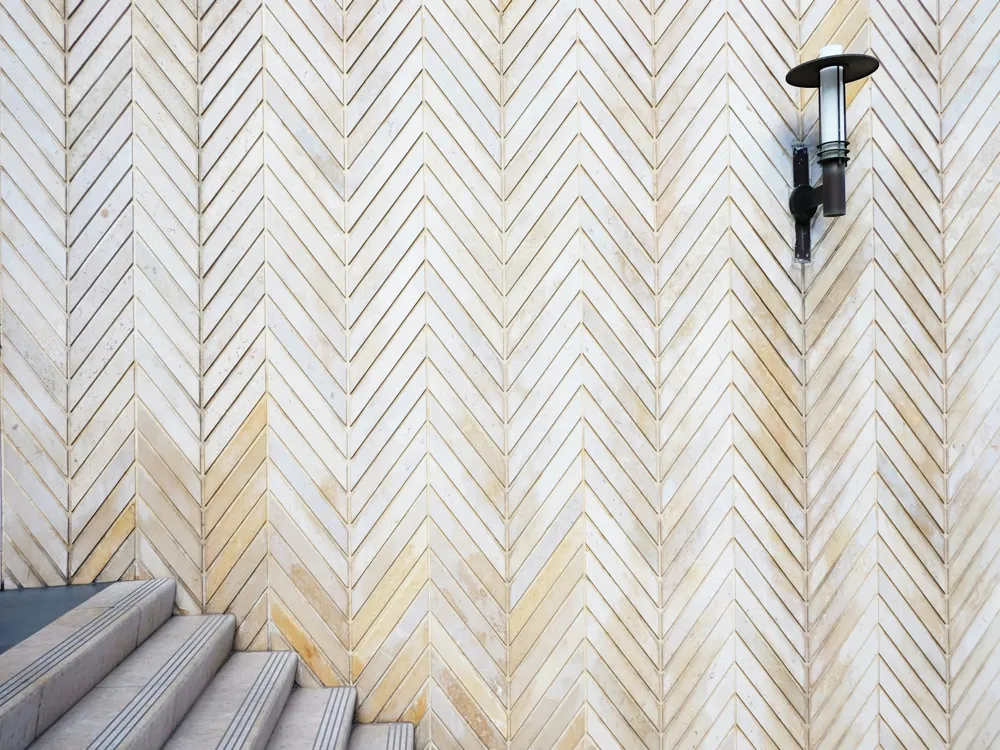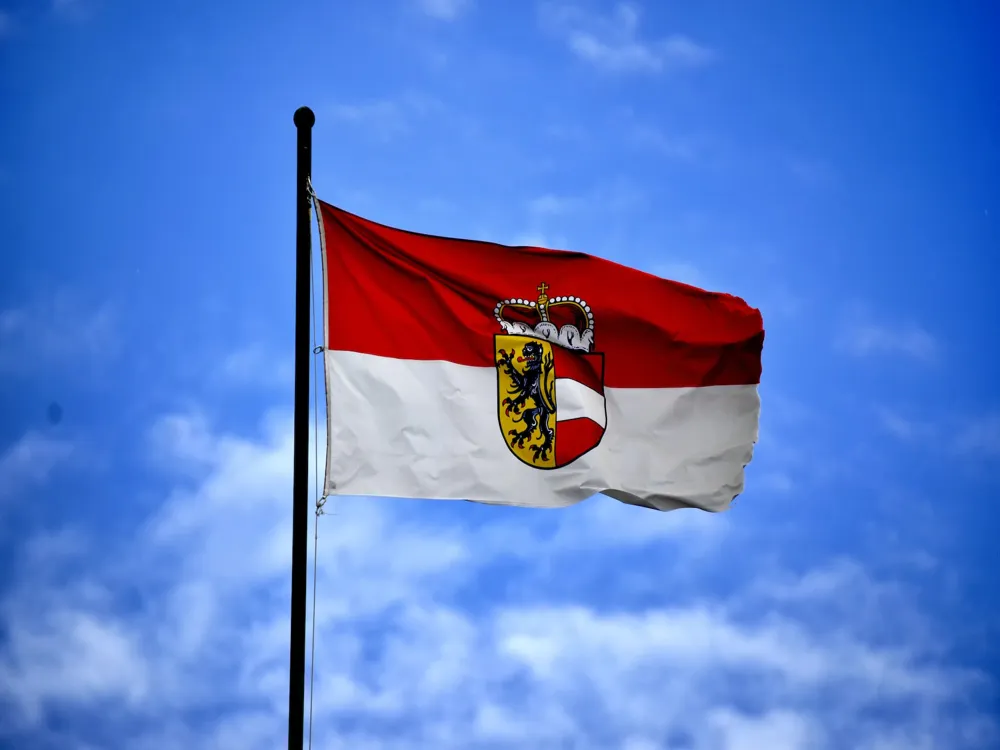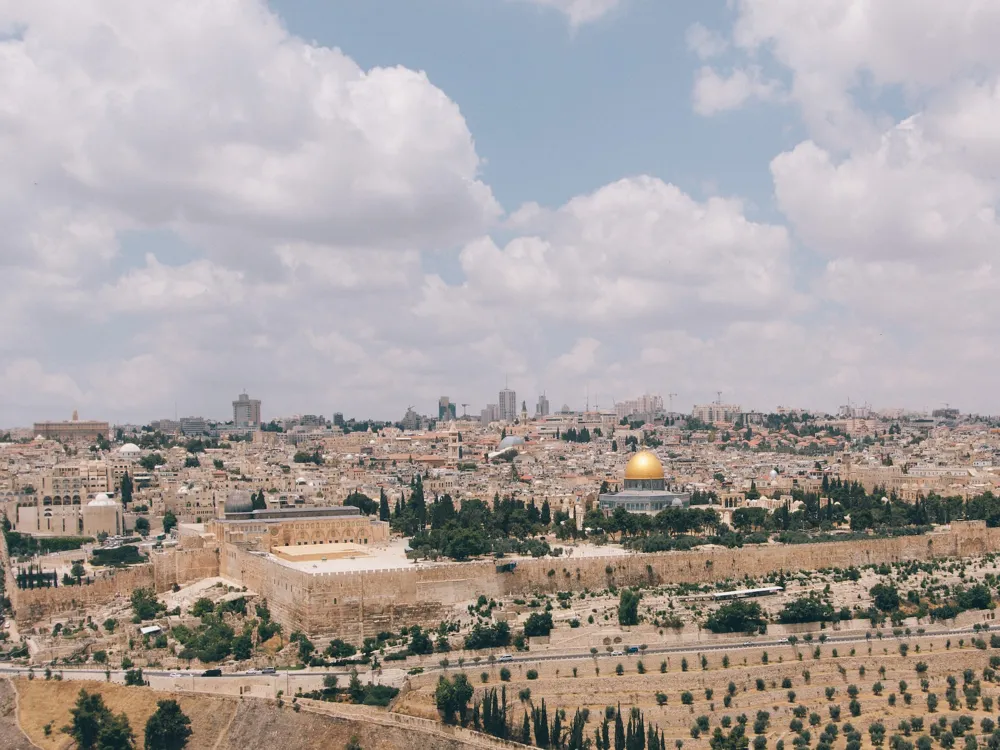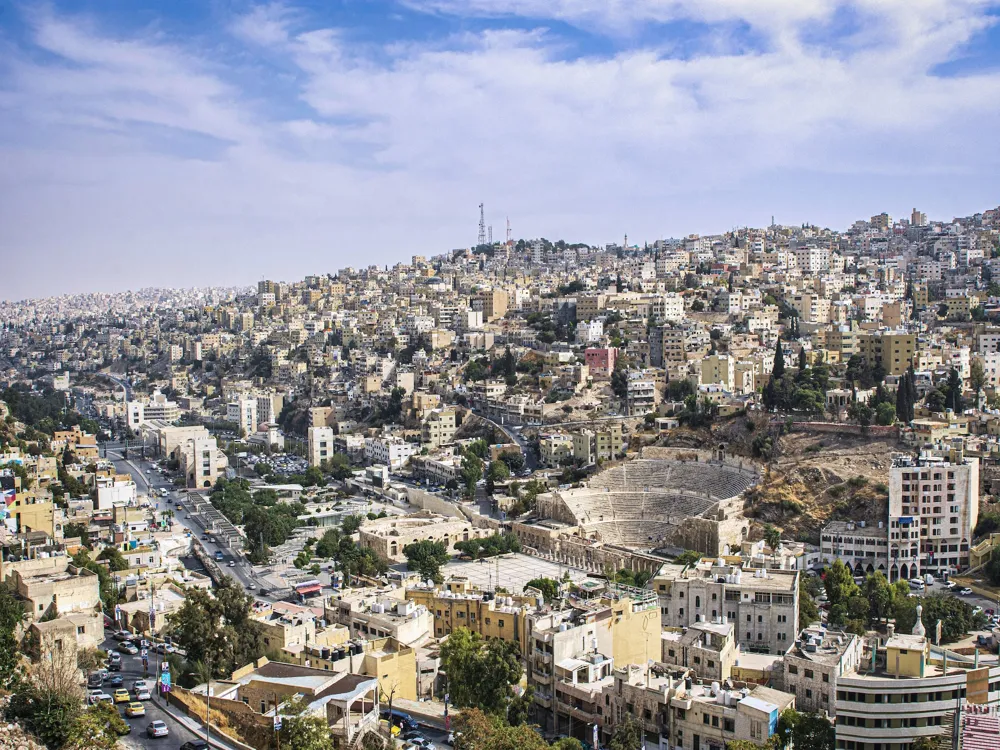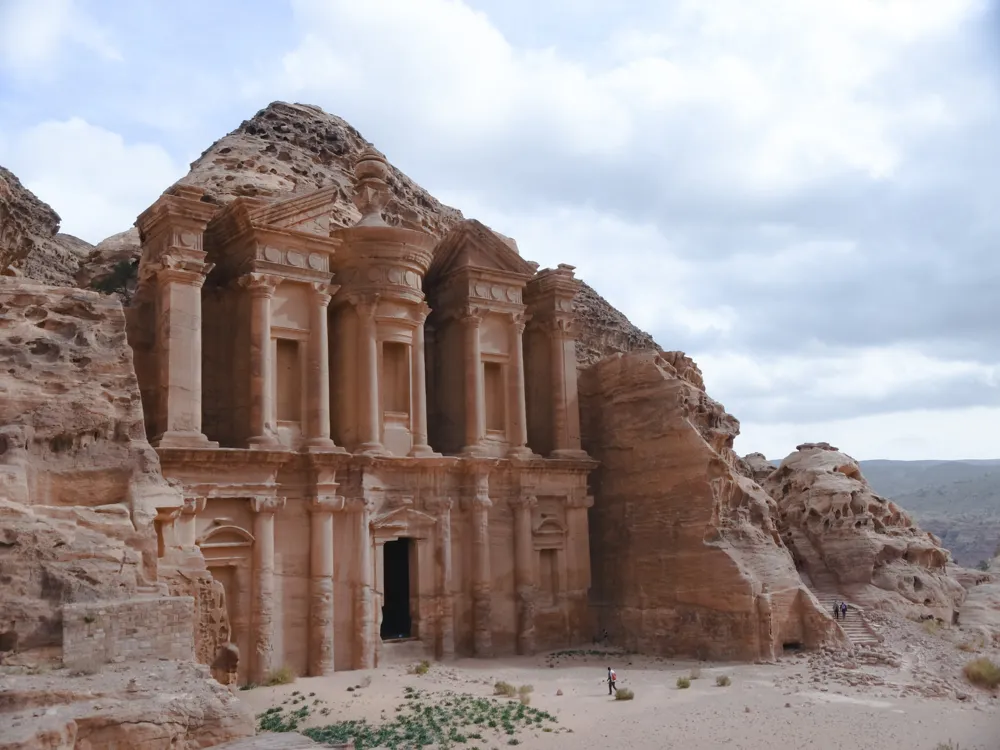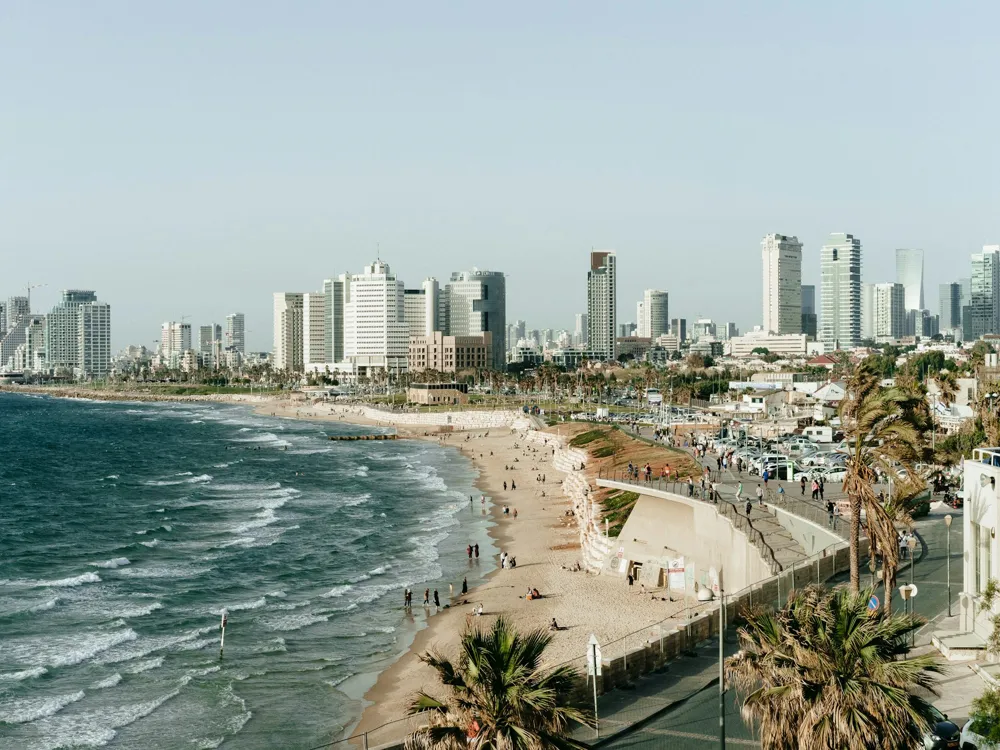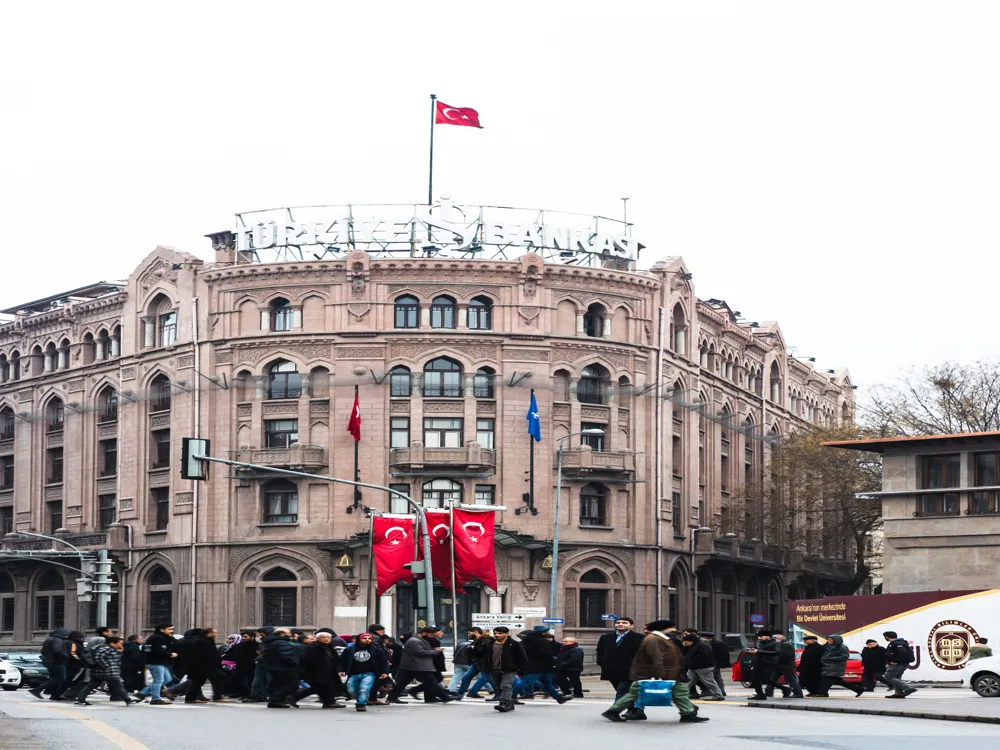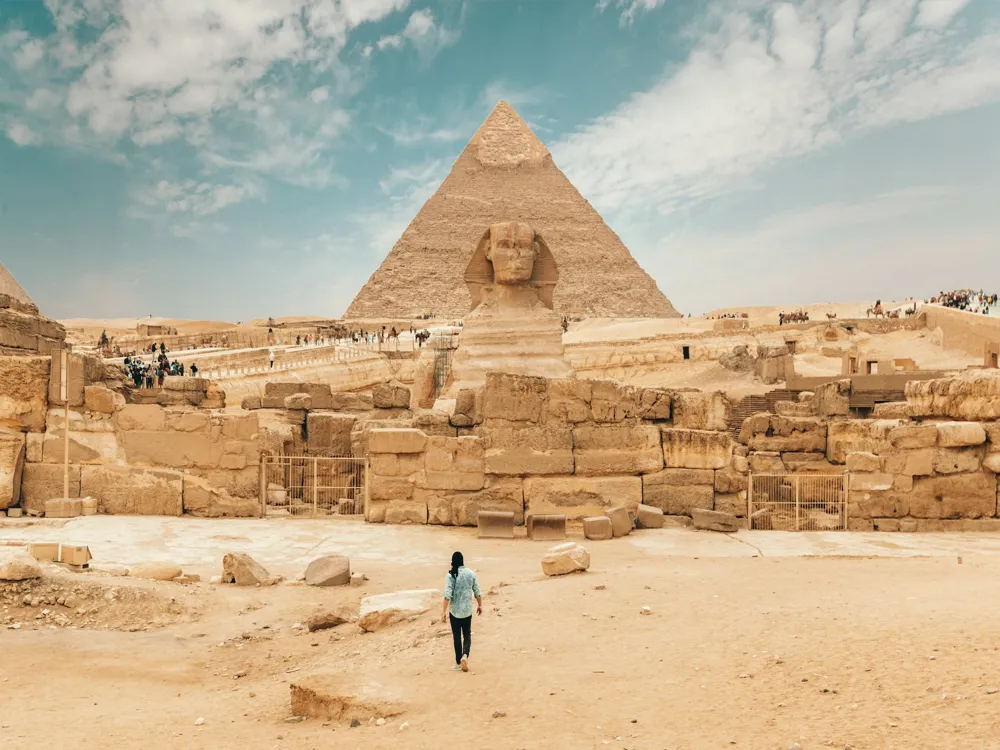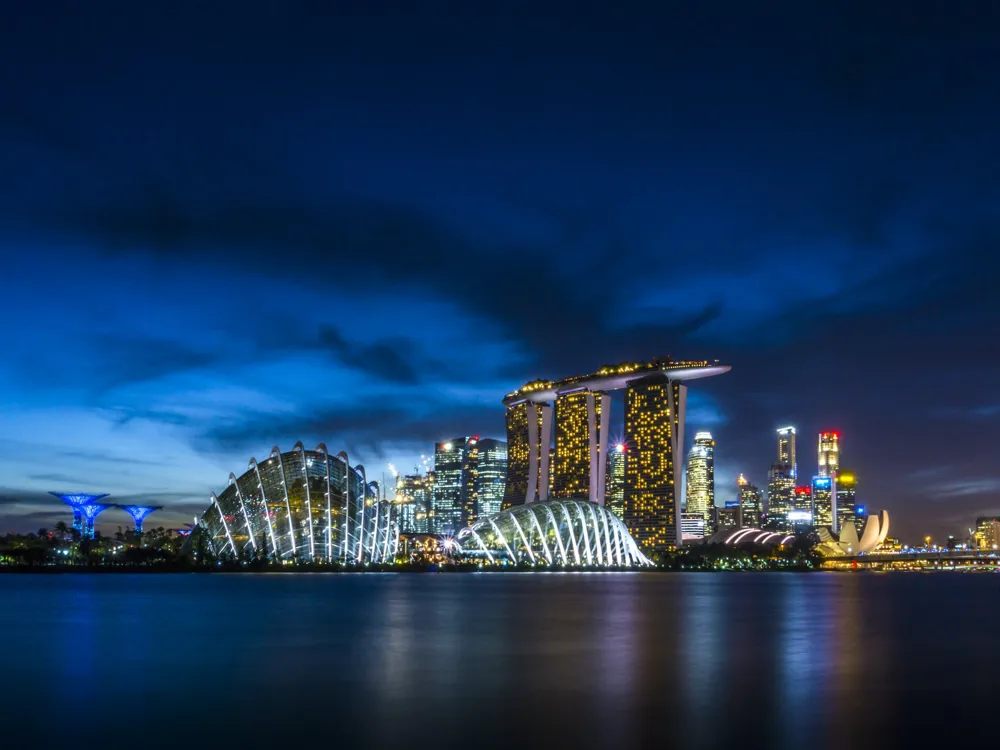Beirut, the vibrant capital of Lebanon, stands as a dazzling jewel on the Mediterranean coast. Known for its rich history, which dates back over 5,000 years, Beirut has been the crossroads of various civilizations, from the Phoenicians to the Ottomans. This city is not just a historical marvel; it's a pulsating hub of contemporary culture, renowned cuisine, and bustling nightlife. Its landscape, marked by mountains and the sea, offers stunning views and a unique charm that captivates visitors and locals alike. The city's resilience is legendary, having risen like a phoenix from the ashes of civil war and other upheavals. Today, Beirut is a testament to the enduring spirit of its people. It's a city where ancient ruins coexist with modern skyscrapers, creating a fascinating juxtaposition that tells the story of its tumultuous yet rich past. The diversity in Beirut is also reflected in its population, a melting pot of different religions, cultures, and ethnicities, all coexisting peacefully, adding to the city's dynamic and cosmopolitan character. Beirut's history is a tapestry of various eras and rulers. Initially, a prominent city for the Phoenicians, it later became a significant part of the Roman Empire, evident from the historical ruins scattered across the city. Beirut was also a crucial center during the Ottoman Empire, influencing its architectural landscape significantly. The city's modern history is equally impactful, marked by French colonialism, the struggle for independence, and the recent civil war, each leaving an indelible mark on Beirut's identity. The cultural scene in Beirut is as diverse as its history. The city is home to numerous museums, art galleries, and theaters, showcasing both ancient artifacts and contemporary art. Beirut's music scene is a blend of traditional Lebanese music, modern pop, and underground genres, making it a music lover's paradise. The city is also famous for its culinary delights, offering an array of dishes that are a fusion of various culinary traditions, influenced by its multicultural past. Today, Beirut is a city that never sleeps, known for its vibrant nightlife and luxurious shopping districts. The city's architecture, a blend of French colonial buildings, Ottoman-style mosques, and modern skyscrapers, reflects its rich history and modern aspirations. Despite the challenges it has faced, Beirut continues to be a beacon of culture, tolerance, and progress in the Middle East. The architecture of Beirut is a vivid chronicle of the city's historical and cultural evolution. It's a city where every building tells a story, a place where architectural styles from different eras coexist harmoniously, creating a unique urban tapestry. From the ancient Roman baths and Byzantine mosaics to Ottoman-style mosques and French Mandate-era buildings, Beirut's architecture is as diverse as its history. One of the most striking aspects of Beirut's architecture is the way traditional Lebanese elements are integrated into modern designs. This is seen in the use of arches, courtyards, and the famous triple-arched windows in contemporary buildings. Despite the rapid modernization, there has been a conscious effort to preserve the traditional charm of Beirut's architecture. Beirut's architectural landscape has been shaped by its rich past. The Roman and Byzantine influences are evident in the city's ancient ruins, while the Ottoman period introduced a distinct Islamic flavor to its architectural style. The French Mandate period left a lasting impact with its introduction of European-style buildings, adding a layer of cosmopolitan elegance to Beirut's skyline. In recent years, there has been a growing emphasis on preserving Beirut's architectural heritage. Initiatives have been undertaken to restore old buildings and neighborhoods, ensuring that the city's history is not lost amidst modern development. At the same time, Beirut is embracing modern architecture, with new buildings reflecting contemporary design trends and sustainability concepts. Beirut is home to several iconic buildings and neighborhoods that showcase its architectural diversity. The Beirut Central District is a prime example, where renovated historical buildings stand alongside modern skyscrapers. Other notable examples include the Mohammad Al-Amin Mosque, a symbol of Beirut's Islamic heritage, and the Sursock Museum, a stunning example of Lebanese architecture with a modern twist. The best time to visit Beirut is during spring (April to June) or fall (September to November). During these months, the weather is pleasant, and the city is less crowded, allowing visitors to explore its beauty comfortably. Arabic is the official language of Beirut, but English and French are widely spoken. Learning a few basic Arabic phrases can be helpful, but visitors will find that most people in Beirut are able to communicate in English or French. Beirut is a paradise for food lovers. Don't miss trying traditional Lebanese dishes like hummus, tabbouleh, and kebabs. The city's cafes and restaurants offer a variety of international cuisines as well. Lebanese people are known for their hospitality, but it's important to respect local customs and traditions. Dress modestly, especially when visiting religious sites, and always ask permission before taking photos of people. Public transportation in Beirut includes buses and service taxis. For convenience, visitors can also use ride-hailing apps or rent a car. However, traffic can be heavy, so it's advisable to plan travel time accordingly. Beirut is well-connected to major cities around the world through its international airport, Beirut-Rafic Hariri International Airport. Visitors can reach the city by air from most international destinations. Additionally, there are regular buses and taxi services available from the airport to the city center. For those traveling from neighboring countries, there are also land routes available, although it's essential to check the current travel advisories and border conditions. Once in Beirut, the city's compact size makes it relatively easy to navigate. The blend of traditional charm and modern infrastructure makes traveling in Beirut an enjoyable and convenient experience for tourists.Overview of Beirut
History and Evolution of Beirut
Beirut's Cultural Landscape
Modern Beirut
Architecture of Beirut
The Influence of History on Beirut's Architecture
Preservation and Modernization
Iconic Buildings and Neighborhoods
Tips When Visiting Beirut
Best Time to Visit
Language and Communication
Local Cuisine
Cultural Etiquette
Transportation
How To Reach Beirut
Hamra
Beirut
NaN onwards
View beirut Packages
Weather :
Timings : Anytime
Entry Fee : Free
Planning a Trip? Ask Your Question
Beirut Travel Packages
View All Packages For Beirut
Top Hotel Collections for Beirut

Private Pool

Luxury Hotels

5-Star Hotels

Pet Friendly
Top Hotels Near Beirut
Other Top Ranking Places In Beirut
View All Places To Visit In beirut
View beirut Packages
Weather :
Timings : Anytime
Entry Fee : Free
Planning a Trip? Ask Your Question
Beirut Travel Packages
View All Packages For Beirut
Top Hotel Collections for Beirut

Private Pool

Luxury Hotels

5-Star Hotels

Pet Friendly







